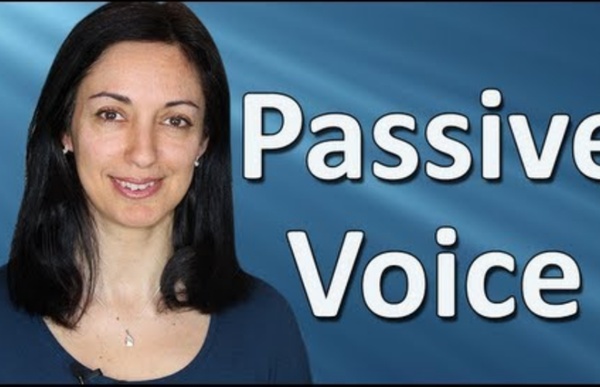



Welcome to Italy: this is what a real immigration crisis looks like Let us suppose that along the coast of Normandy up to one million non-EU migrants are waiting to be packed like sardines in small unseaworthy vessels and to cross the English Channel. Let us suppose that first the Royal Navy, then the navies of a dozen other EU countries, start to search for all such vessels in the Channel right up to the French coast, out into the North Sea and the Atlantic even, and then ferry all the passengers on board to Dover, Folkestone, Hastings, Eastbourne and Brighton in a surreal modern-day never-ending version of the Dunkirk evacuation of 1940. Would the British government agree to take them all? Well, Italy has been invaded in just this way, by migrants from many nations all coming over here from Libya. In October 2013, Italy’s previous unelected government, which like the current one was left-wing, ordered the Italian navy to search for and rescue all boat people in the Sicilian channel and beyond. Here’s how it works.
SUGGESTIONS Suggestions SUGGESTIONS 7 Things You Didn’t Know About Charles Dickens - History in the Headlines Born on February 7, 1812, novelist Charles Dickens, famous for his gritty, engrossing and comical depictions of life in Victorian England. Wildly popular in his lifetime and widely read today, Dickens is remembered not only for the vivid characters he created but also for the intriguing life he led. Explore seven facts about “The Inimitable,” as he playfully called himself, below. For extra credit, see if you can match up each Dickensian quote with its source. “I am born.” “It is a melancholy truth that even great men have their poor relations.” “The Spirits have done it all in one night. “It was the best of times, it was the worst of times.” “There are dark shadows on the earth, but its lights are stronger in the contrast.” “My meaning simply is, that whatever I have tried to do in life, I have tried with all my heart to do well.” “It is a hopeless endeavor to attract people to a theater unless they can be first brought to believe that they will never get in.”
Da non perdere Compito autentico: costruisci un tuo sito web su un argomento a piacere. Proponiamo questo lavoro ad alunni dai 9 ai 18 anni. La tecnica è molto intuitiva. Per adeguare il contenuto all'età basta modificare le richieste specifiche della checklist. L'esempio seguente è tarato su 14-15enni. Il sito si adatta automaticamente alla visione su smartphone. Crea un sito web personale seguendo le istruzioni di questo tutorial. Prima di cominciare, verifica se possiedi già una casella di posta gmail. Se non hai una gmail o non ti ricordi la sua password, devi crearne una cliccando qui. A questo punto con la tua gmail aperta, clicca qui per entrare nella pagina di creazione del tuo nuovo sito Google. Aggiungi una bella immagine a piacere di argomento, ad esempio, biologico e metti come titolo grande: "La biologia di ....." seguita dal tuo nome e cognome. Autovalutazione attività: calcola il voto da solo: ogni frase della tabella qui sotto, se è vera o è falsa, vale un punto o zero punti.
GCSE Bitesize - Hamlet Listen A Minute: Easier English Listening and Activities Cassini – level 1 | News in Levels Cassini is a probe. People send it to space in 1997. It travels to Saturn. Saturn is the second largest planet in our solar system. It gets to Saturn in 2004. It flies around it 300 times. Cassini serves for 20 years. Difficult words: probe (a spacecraft without people), solar system (where Earth, the sun, and the other planets near Earth are), was (past of ’is’). You can watch the original video in the Level 3 section.
l.php?u= Intervista a Aldo Masullo di Antonello Caporale “Questo sarebbe il tempo giusto per un nuovo Marx, ma il pensiero non si coltiva in serra e la storia non coincide con la nostra biografia. Avremmo bisogno di uomini che stiano un gradino più in alto del resto della società e invece ci ritroviamo a essere governati con gente che è risucchiata nel gorgo della stupidità. Come si può pensare alla rivoluzione – qualunque tipo o modello di riforma strutturale dell’esistente – se il nostro sguardo sul mondo è destinato per tutto il giorno unicamente alle variazioni sul display del nostro telefonino?”. Era il 1867 quando fu pubblicato il Libro I del Capitale di Karl Marx. Centocinquanta anni fa il filosofo di Treviri mandò alle stampe il volume che avrebbe promosso, sostenuto e accompagnato passioni e reazioni, condotto in piazza milioni di persone, trasformando il senso del giusto e dell’ingiusto. “Un’opera immensa. Marx sembra Dio. Era troppo avanti? “No. L’operaio come una escrescenza sociale.